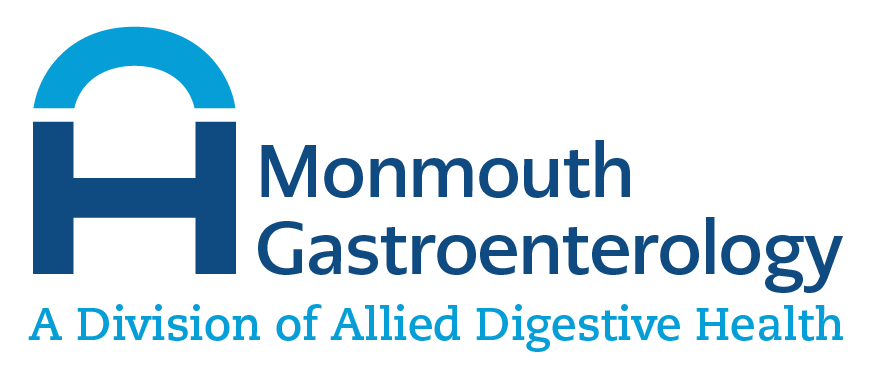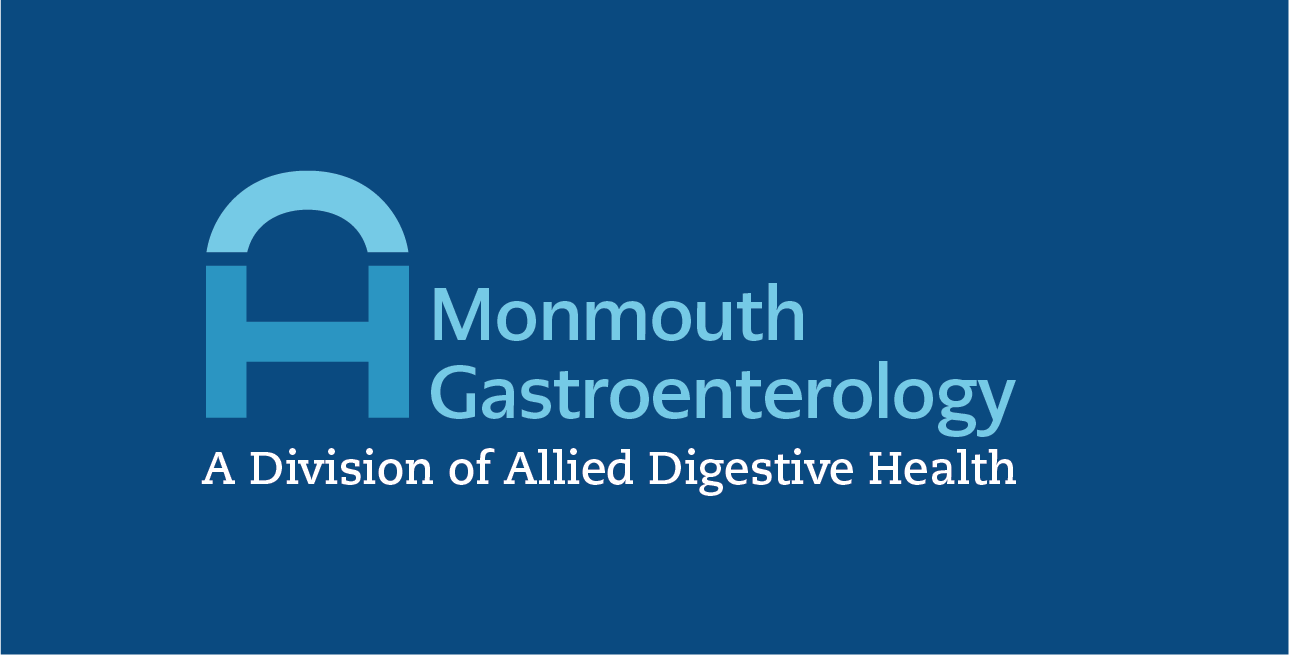Nausea is the unpleasant urge to vomit and is often referred to as a “queasy sensation” or a feeling of being “sick to the stomach.” Nausea may occur with or without vomiting and vomiting can occur without nausea.
Vomiting is the forceful ejection of stomach contents through the mouth. This is generally a protective mechanism to remove harmful ingested substances but can occur from many unrelated infectious and inflammatory conditions in the body. Muscles in the abdominal wall contract vigorously to create the pressure necessary for vomiting (retching). Retching, also called ‘dry heaving’ can also occur without vomiting, or can precede or follow vomiting. Similarly, nausea can occur without vomiting or may precede vomiting.
Vomiting must be differentiated from regurgitation, which is the effortless movement of swallowed food contents or stomach acid from the stomach back into the mouth. Regurgitation is not associated with nausea or retching. When regurgitated material tastes sour and bitter, it may be a manifestation of reflux disease, but when it tastes the same as ingested food, it indicates a problem with food movement from the swallowing tube into the stomach. Rumination is another symptom that may resemble vomiting. Rumination consists of regurgitation of ingested food followed by rechewing and re-swallowing and is a learned behavior that may be considered pleasurable by the patient.
Common causes of nausea and vomiting are varied and numerous. Some examples are: medicines, infections of the gastrointestinal tract and outside the gastrointestinal tract, pregnancy, intestinal blockage, migraines, and other brain and nervous system disorders, including brain tumors, seizures, and head trauma; kidney failure, psychiatric disorders, and more.


